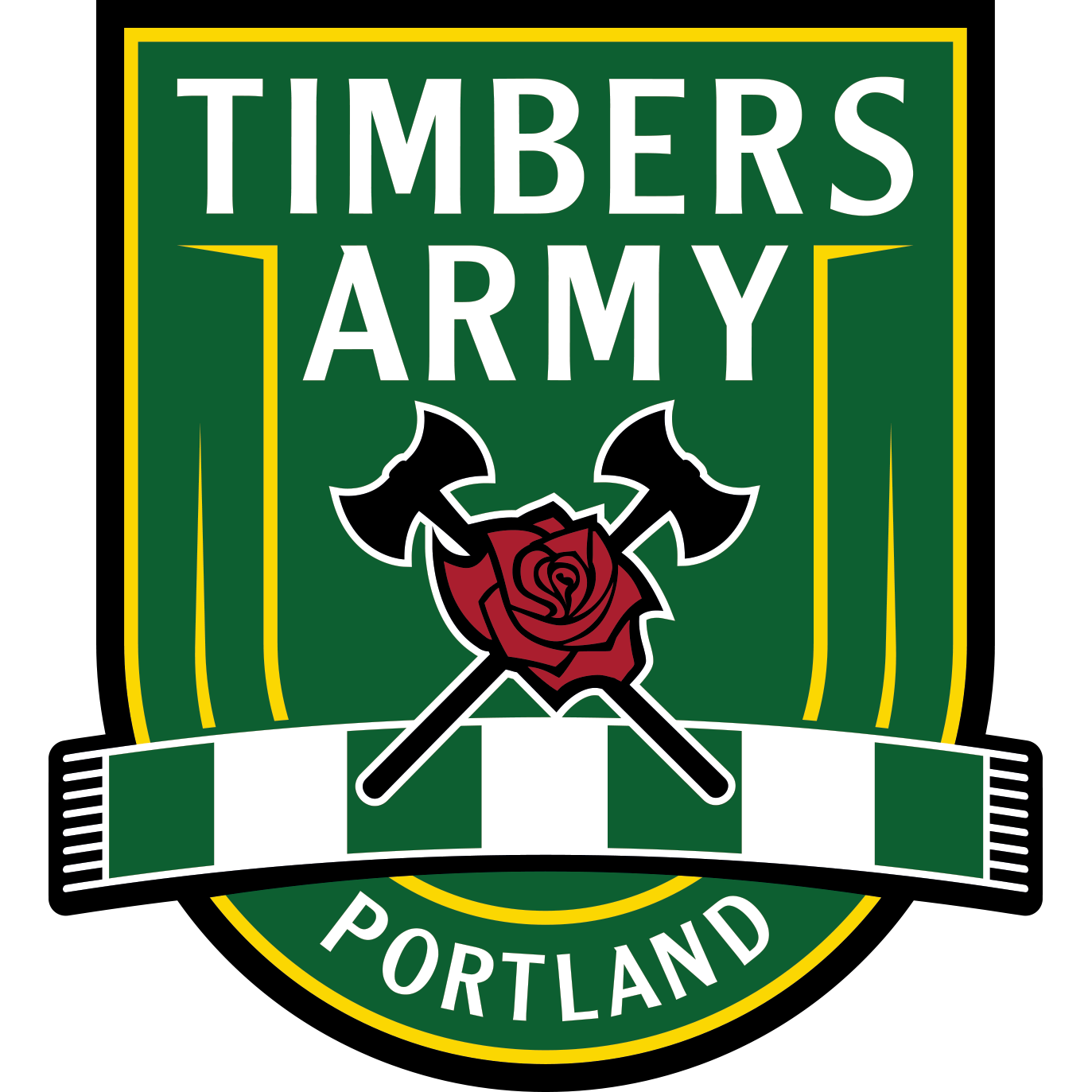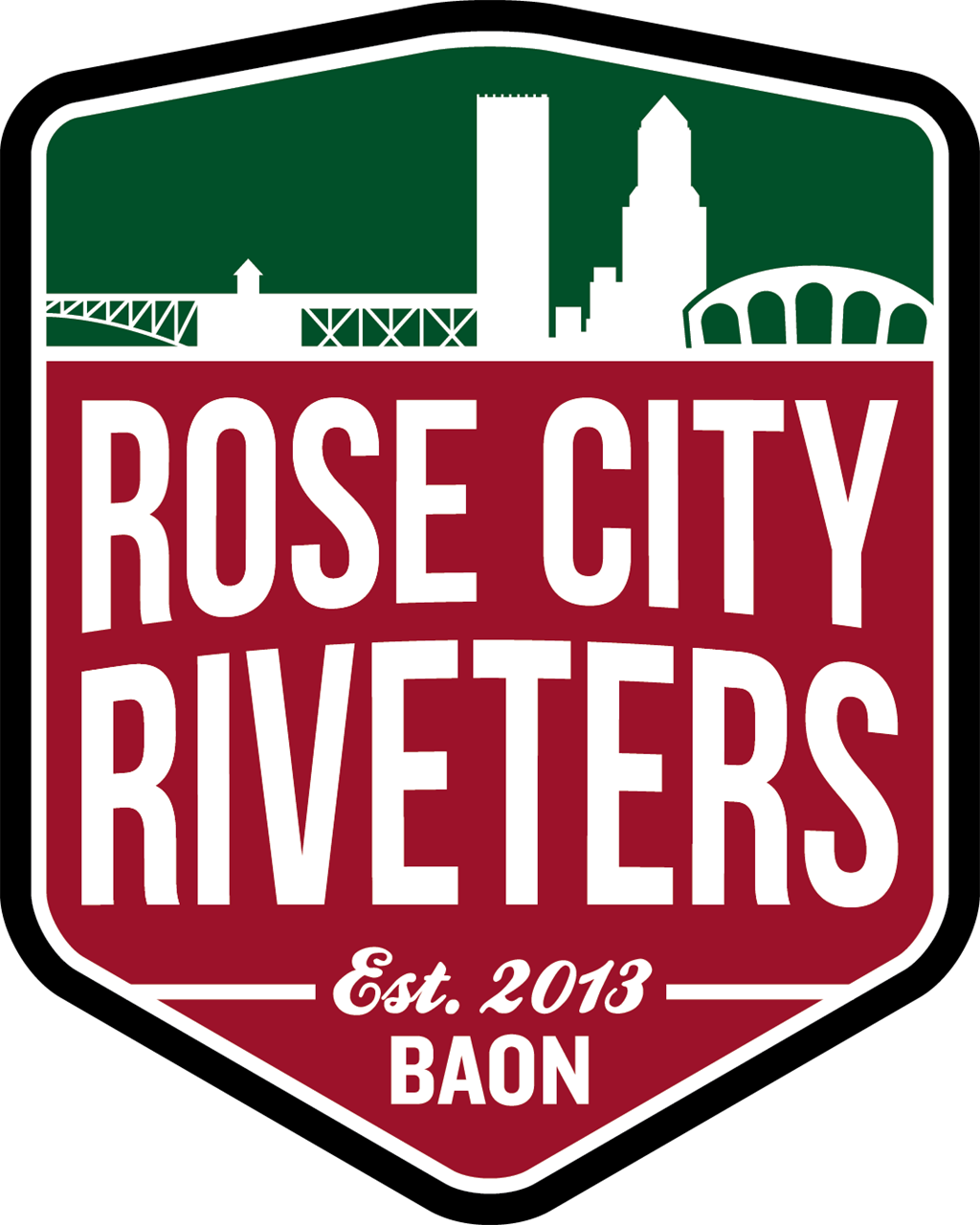Guest blog by Sergio
NWSL isn’t MLS.
As we hear time and again from every white-bread armchair first-time Soccernomics reader, on every medium from 0-follower Twitter accounts to mainstream publications, our 7-year-old league doesn’t draw what 23-year-old MLS draws (until it does). Its TV viewership isn’t MLS’s (except when it is), its teams haven’t been around as long (except for the teams who’ve spanned league after league after league). NWSL teams aren’t profitable (except for the ones that are), unlike MLS teams (except for the ones that aren’t).*
And as US Soccer— contracted by the NWSL to help manage the league— is happy to establish, NWSL isn’t MLS when it comes to deserving the same quality of referees. USSF officially dumped the NWSL into a lower tier meant to use the NWSL as a development ground for future MLS officials in a new policy quietly released during the Women’s World Cup. USSF and MLS co-founded the Professional Referee Organization (PRO) that trains and manages officials in the US, and USSF funds it.
NWSL isn’t MLS, and MLS-owned Soccer United Marketing this, so they only show up once a cycle to take credit for the NWSL landing one sponsor (like Budweiser), one which they’ve already managed for years with the USWNT, and USMNT, and MLS—while also leaving the NWSL out of the $720 million TV package deal that SUM negotiated for USSF and MLS, which includes the USWNT, every member of which plays in the NWSL.
Did I mention that every member of the BACK-TO-BACK WORLD CUP CHAMPIONSHIP-WINNING US WOMEN’S NATIONAL TEAM plays in the 9-team NWSL? That’s because the NWSL isn’t MLS, a league where no player from the reigning Men’s World Cup championship squad plays in its 24 teams. MLS is a league where good players go to get paid; the NWSL is a league where great players take a pay cut to get better. A player added a clause to bail out of her contract whenever she got an offer from our NWSL club. The winners of 10 of the last 13 FIFA world’s player of the year awards, and 3 of the last 4 World Cup Golden Ball winners, either currently play or coach in the NWSL.
The NWSL is a league where players force their way onto World Cup rosters by grabbing it and ripping it apart in unprecedented ways, then go on to be invaluable pieces of an unprecedented World Cup performance. MLS, which isn’t the NWSL, is a league where it’s arguably better for the World Cup non-qualifying USMNT if its players don’t play in it.
NWSL isn’t MLS, said international sponsors like Ikea and Mini Cooper, who didn’t want to sponsor the Timbers because that audience isn’t as valuable to them as the Thorns audience. Nevermind that you’ll see sponsorship activations across Portland for the Timbers even when you don’t look for them, whether it’s full-store takeovers at Safeway or massive billboards for Comcast. Nevermind that the front office took six and a half years to put more than zero “Portland Thorns FC” wraps alongside the many Timbers wraps on the TV-facing walls around the pitch and called that macaroni equality. Nevermind that the sides of multiple buildings promote a Timbers team that sells out every match with a season-ticket waitlist thousands deep.
The NWSL isn’t MLS. On a night in December 2012 where the USWNT drew 10,092 to a midweek friendly, Merritt Paulson never expected the Thorns to draw 20,400, much less 25,413. He thought Christine Sinclair would love to play at 5,000-capacity Merlo Field because she’s a Pilot alumna. Now she plays in front of a crowd that averages almost four times that number—a crowd that shows up despite less marketing support from the front office than the MLS team gets.
The Thorns would go on to draw more than that USWNT match in all but two regular-season and playoff matches over the next seven years—all while never seeing the USWNT in our stadium again. The last time the Thorns drew fewer than 13,000 to an NWSL match, the USWNT’s crest still had two stars on it.
Our FO loves to take credit. It flies people around the world telling everyone how they built the support that turns out every match. And they do a lot of hard work, which we hear about endlessly from anyone who interviews Merritt Paulson about how he—the MLS owner—invented successful women’s soccer.
But it’s not a photo of Merritt Paulson or Gavin Wilkinson or Mike Golub that hangs in the NWSL league office. They don’t show up in a Budweiser commercial to demonstrate what NWSL success looks like. Their faces aren’t in stories from here to France about the atmosphere, culture, and success of the Thorns. It’s photos of the Rose City Riveters, the NWSL supporters group that has less than 33% crossover with the MLS supporters group under the same 107ist umbrella. It’s a group that came about from fans, by fans, bootstrapped with the help of 107ist and TA but now the largest and most active supporters group for a women’s pro soccer club on Earth.
But hey, the NWSL isn’t MLS, right? You can be Merritt Paulson and get away with budgeting an expectation that only 2,000 to 5,000 people would show up per match in 2013 (The National Team: The Inside Story of the Women Who Changed Soccer, Caitlin Murray, 2019) and then take credit when more than that number sign up for season tickets and 13,320 ends up the season average—all without needing the city-wide campaign of billboards and advertisements that the Timbers got when they entered MLS.
The NWSL isn’t MLS, because in the NWSL you can be US Soccer, sit on a nine-figure cash surplus, and get away with investing $10 million total in the NWSL operations across six seasons (Murray), and almost as much per year into MLS’s three-year run-up—in MLS’s case not to build a sustainable league, but to save the 1994 Men’s World Cup bid.
Sure, maybe the NWSL is declining toward the standards of MLS. Four of its nine teams today have MLS owners as majority owners. Another just received minority investment this season from an MLS owner in Seattle— which is just an MLS city now, not an NWSL city, after that same MLS team wouldn’t let the Reign play in its venue. A sixth is owned by someone for whom MLS— not the NWSL— has been the ultimate goal of his years-long campaign. With expansion coming in the next two years (thanks for the tip, Merritt) that balance will likely shift to MLS owners’ favor sooner than later.
In some markets the investment has paid off. In others, we’re still waiting for them to get their shit together.
And it’s telling that independent Sky Blue—the lowest-attended team in the NWSL— drew as many or more people to a match this year in an MLS venue than any MLS-run Dash or Pride match. Or that the independent Chicago Red Stars drew more in the MLS Fire’s home venue than any Fire match this season. Or that the independent Spirit just drew more than any MLS-owned NWSL team outside of Portland to Audi Field— and outdrew us this weekend in a smaller venue.
But the NWSL isn’t MLS. It’s a chance—an opportunity—to be better than MLS, to learn from the many mistakes MLS made and build something that isn’t just good enough but truly great. Just like any 7-year-old league it hasn’t been easy or smooth; FURT is in our vocabulary for many, many reasons. But other teams are taking that chance, they’re going out of their way to sign sponsors and local TV deals, to fill bigger and better stadiums, to sell advertising and take action toward actual equity in treatment with men’s soccer teams, to stand up for the rights of fans and players, and to say publicly and frankly that being anti-fascist is not controversial while not having anything to do with MLS’s fan-hostile policies.
To paraphrase women’s soccer writer Charles Olney, team owners have the opportunity to make the NWSL the Premier League of women’s soccer. But applying boneheaded MLS policies to the NWSL—policies that don’t exist at the NWSL level, and aren’t enforced elsewhere in the league, including at MLS venues in New Jersey and Chicago— is the first and biggest step into turning the NWSL into the MLS of women’s soccer.
Do we really want to regress that far from where the NWSL is now? Do we want to be like MLS—do we want to be WMLS—instead of a world leader in this sport?
* I don’t expect everyone to click on every link and read every story here, but I’ll celebrate any chance I get to link to one story noting that Utah Royals FC turned a profit in year 1, in the same sentence as another story where MLS commissioner Don Garber says that Real Salt Lake would be profitable without the Royals.


